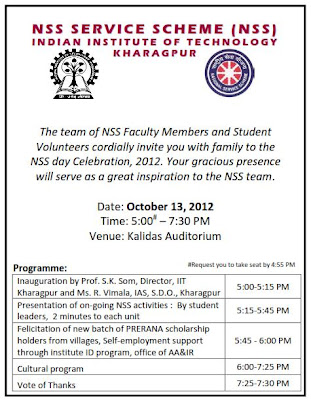Impacts of Low-cost Nutritional Intervention Among Malnourished Children of Malma
A
study was conducted to assess the nutritional status of the children of Salua Board
Primary School, Malma by Unit 3 volunteers guided by their Program Officer,
Professor Analava Mitra of SMST. Volunteers
of Units 8 and 13 helped with the control survey and other data collection
activities. The purpose of the study was
to evaluate the impact of low cost nutritional supplements on the pattern of
nutritional status. The study targeted 25
preschool children of 4 to 6 years of age and 95 primary school children of 6
to 10 years of age. The 6-month intervention involved provision of (a) 60-ml of soya milk daily to 4-year olds (10 children), (b) 60-ml of soya milk daily and a banana on
alternate days and an egg on alternate days to 5-6 year olds (15 children), and (c) a banana on
alternate days and an egg on alternate days to the primary school children.
Initial
nutritional status of the selected children was assessed by measuring body
height (cm) and weight (kg). Height and weight were compared with ICMR
standards. Waterlow Classification was followed to assess
the nutritional status of the children.
The height and weight measurements were repeated after 3 months.
The
initial assessment showed the presence of severe to moderate malnutrition among
target primary school children depending on the parameter of assessment as shown below. Although the statistics regarding the preschoolers are still being worked out, improvements appear to be promising.
 |
| Wasting and stunting among preschool and primary school children of Malma |
After the beginning of intervention nutritional status of the children of Malma showed rapid and marked improvement as illustrated below. The success has prompted Unit 8 to start a sensitization program for the residents of Malma and the local authorities to develop a sustainable scheme to provide appropriate low cost nutritional supplements to the children.
 |
| Declining stunting-related malnutrition levels with duration of nutritional intervention |




Comments